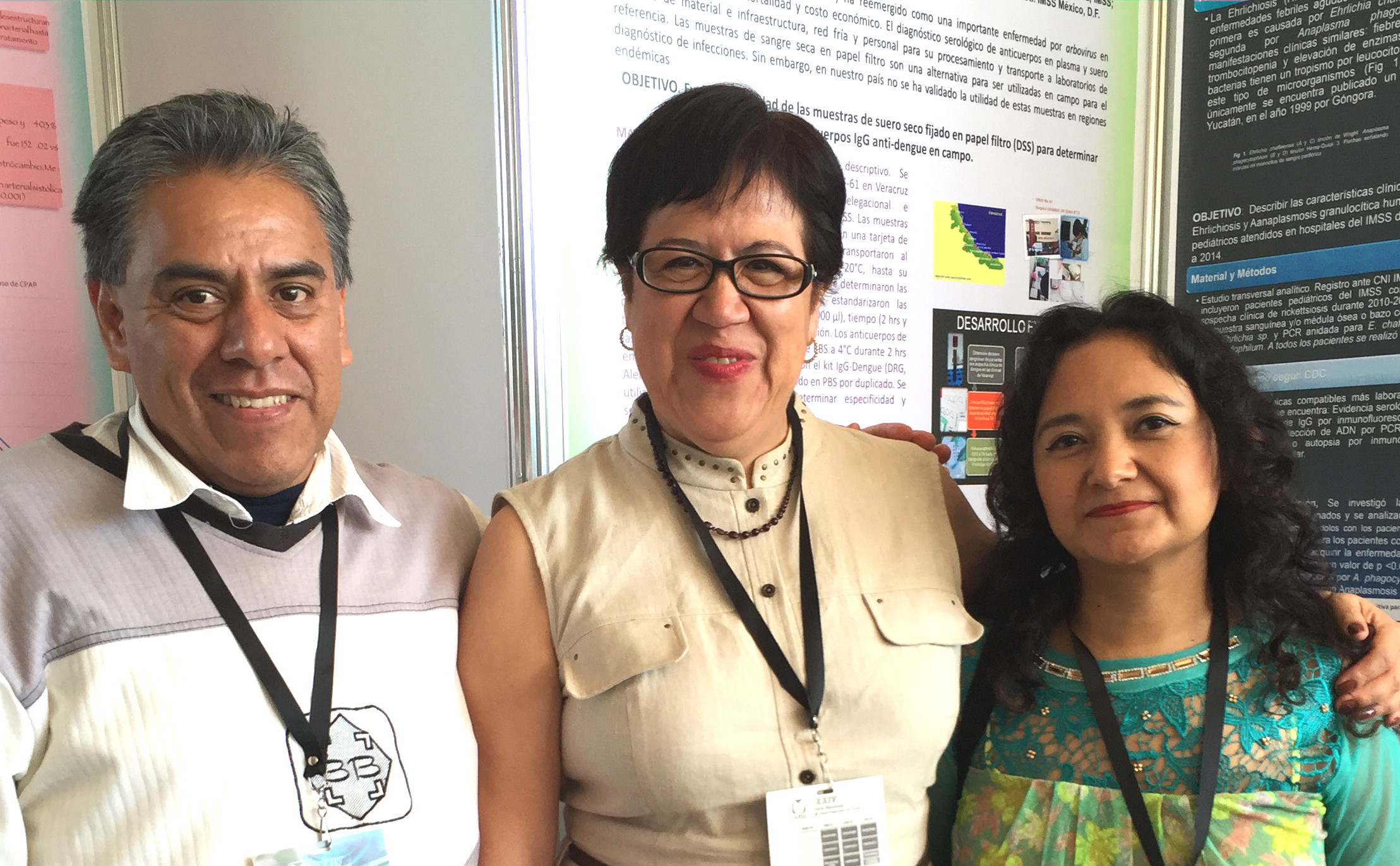
The roles of IL-10 and IL-4 receptor signaling were evaluated in a murine model of Leishmania major infection. In previous studies the L. major substrain LV39 caused progressive, nonhealing lesions in BALB/c mice deficient for IL-4R alpha-chain (IL-4R alpha), while substrain IR173 was highly controlled. To explore whether IL-10 is responsible for inducing susceptibility to LV39, wild-type and IL-4R alpha(-/-) mice were treated with anti-IL-10R mAb, and in a genetic approach, the IL-4R alpha(-/-) mice were crossed with BALB/c IL-10(-/-) mice. In contrast to the lack of resistance conferred by IL-4R alpha gene deletion, partial resistance to LV39 was conferred by IL-10 gene deletion or treatment of BALB/c mice with anti-IL-10R mAb. Lesion sizes and LV39 parasite numbers were further and dramatically reduced in both anti-IL-10R-treated IL-4R alpha(-/-) mice and IL-4R alpha x IL-10 double knockouts. Anti-IL-10R mAb treatment further suppressed parasite growth in IL-4R alpha(-/-) mice infected with L. major IR173. Production of IFN-gamma was only increased relative to wild-type or littermate controls in IL-4R alpha(-/-) mice with complementary defects in IL-10. Comparisons of IFN-gamma-treated infected macrophages in vitro indicated that LV39 required 25- to 500-fold greater concentrations of IFN-gamma than IR173-infected macrophages to achieve a similar efficiency of parasite killing. These studies suggest that regardless of parasite substrain, IL-10 is as important as IL-4/IL-13 in promoting susceptibility to L. major and even more so for those substrains that are relatively resistant to IFN-gamma mediated killing.








